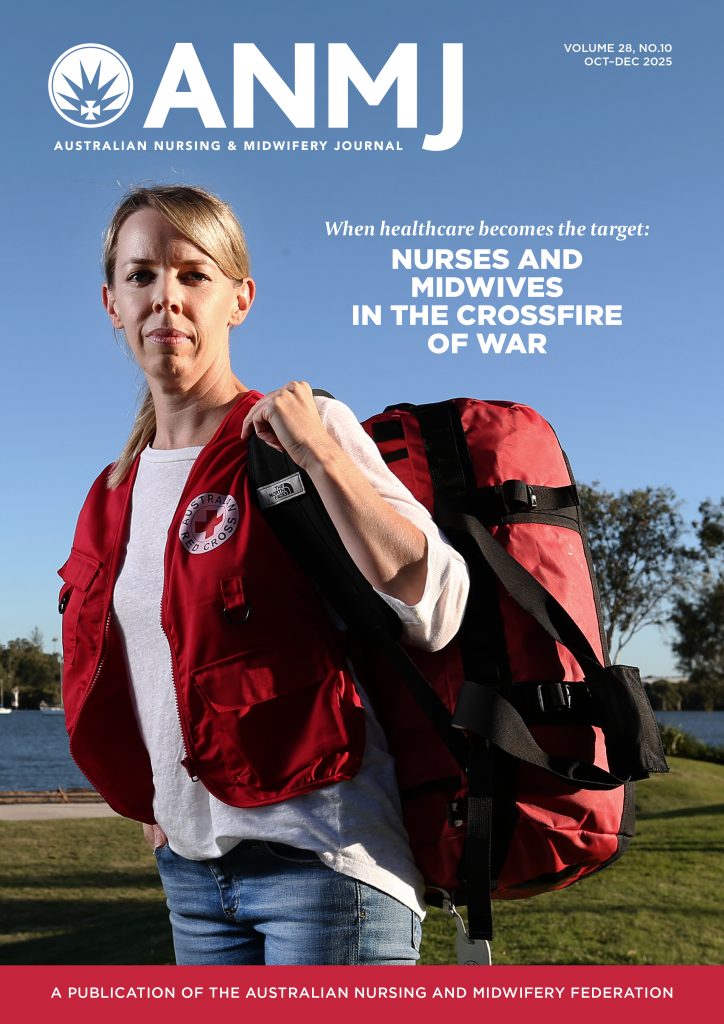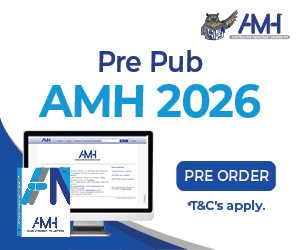This paper raises issues about the quality of nursing and midwifery students’ clinical placements in Australia.
Clinical training hours have dropped noticeably across the years, with Australian nursing students undertaking a bachelor’s degree required to complete 800 hours of clinical placement. This is compared to 2,800 hours in South Africa and 2,300 in the UK. COVID-19 has had an additional impact with some jurisdictions, such as the UK, enabling changes to the structure of programs.1
In Australia, the availability and allocation of placements are highly competitive, with significant and often unregulated charges levied on universities.
Internationally the quality of placements has been questioned with varied reports from Australia, indicating exemplary ward leadership versus patient safety concerns2 and negative experiences in Iran and the UK, including discrimination, neglect and lack of support.3,4 Positive reports emerge where the workplace is welcoming with applicable supervision and support.5
Contemporary developments
In line with these concerns, the Council of Deans of Nursing and Midwifery (Australia and New Zealand) [CDNM] is leading a project to improve the quality of clinical placements across Australia. The advisory and working groups include 19 Deans of Nursing and Midwifery and their representatives. The work commenced with a review of available student placement evaluation tools, of which 10 were identified. However, these often included cultural and international differences, outdated contexts, and were too long from a feasibility perspective. This led to the development of the Placement Evaluation Tool (PET) (Nursing Student) after a trial with 1,263 students across Australia.6 The PET was found to be valid and reliable, and easy for students to complete with 20 questions rating the clinical environment and the level of learning support.
The PET survey also revealed the positive nature of placements across Australia.7 Completed pre COVID-19 (July 2019–Feb 2020) the majority of respondents had a positive placement experience (a PET mean score of 78%), and 30% being highly satisfied overall. However, 11% were dissatisfied and raised significant concerns concerning staff attitudes, the working environment, and the unpaid student’s lifestyle challenges.
Outcomes
These findings were in line with the findings of the 2019 Australian review of nurse education (Schwartz8) with a call for a national review of the quality of clinical placements. As such, the National Placement Evaluation Centre (NPEC) has been developed https://npec.org.au/ with the aim of rating nursing and midwifery placements across Australia in a benchmarking exercise that will lead to quality improvements and applicable education enhancements for clinical supervisors. Currently available on the website are placement assessment tools for nursing and midwifery students and their supervisors. In the future, the website will offer functionality enabling universities, their students and industry supervisors (educators) to upload completed PET reports for local evaluation and national anonymised benchmarking. Additionally, the NPEC will develop and house a range of interactive educative materials that will enable educators and supervisors to improve the quality of clinical placements.
Bearing in mind the availability and variability of clinical placements, the current clinical challenges during a pandemic, and healthcare education’s changing face to distance and blended learning approaches, a national quality improvement program is essential. It will be increasingly important over the coming years.
Funding: Thanks to the Council of Deans of Nursing and Midwifery (Australia and New Zealand) for funding the initial development of the NPEC.

References
- O’Flynn-Magee K. Hall W. Segaric C. Peart J. Guest Editorial: The impact of Covid-19 on clinical practice hours in pre-licensure registered nurse programs. Teach Learn Nurs. 2021 Jan; 16(1): 3–4.
- Jarvelainen M. Cooper S. Jones J. Nursing students’ educational experience in regional Australia: Reflections on acute events. A qualitative review of clinical incidents. Nurse Education in Practice. 2018. 31; 188-193
- Jamshidi, N., Molazem, Z., Sharif, F., Torabizadeh, C., Najafi kalyani, M. The challenges of nursing students in the clinical learning environment: A qualitative study. The Scientific World Journal, 2016. ID 1846178. http://dx.doi.org/10.1155/2016/1846178.
- Jack, K., Hamshire, C., Langan, M., Barrett, N., Wibberley, C., “My mentor didn’t speak to me for the first four weeks”: Perceived unfairness experienced by nursing students in clinical practice settings. Journal of Clinical Nursing, 2018. 27, 929-938.
- Cant, R., Ryan, C., & Cooper, S. Nursing students’ evaluation of clinical practice placements using the clinical learning environment, supervision and nurse teacher scale – A systematic review. Nurse Education Today, 2021. 104983. doi:https://doi.org/10.1016/j.nedt.2021.104983
- Cooper S. Cant R. Waters D. Luders E. Henderson A. Willetts G. Tower M. Reid-Seal K. Ryan C. Hood K. Measuring the quality of nursing clinical placements in Australia. Development of the Placement Evaluation Tool (PET): A mixed methods co-design project. BMC Nursing; 2020. 19: 101
- Luders E. Cooper S. Cant R. Waters D. Henderson A. Willetts G. Tower M. Reid-Seal K. Nursing degree students’ clinical placement experiences in Australia: A survey design. Nurse Education in Practice. 2021. 54; 103112
- Schwartz S. Educating the nurse of the future. Report of the independent review of nursing education. Commonwealth of Australia. 2019. Available at: https://www.health.gov.au/resources/publications/educating-the-nurse-of-the-future
Authors:
Professor Simon Cooper (PhD); School of Health, Federation University Australia
Robyn Cant (PhD) School of Health, Federation University Australia
Dr Colleen Ryan RN, BHlthSc, GCCE, MHPE, SFHEA, Industry Liaison Educator, Lecturer, School of Nursing, Midwifery and Social Science, CQUniversity Australia
And The NPEC project team – see https://npec.org.au/project-team/








